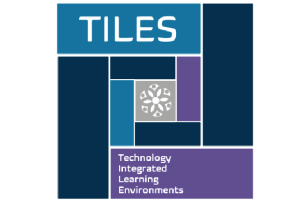We investigate how users perceive socioeconomic disparities in the United States before and after visualizing and interacting with a standalone county-level US choropleth map and a choropleth map of the US that is `linked' to a map of the world. We measure socioeconomic properties using indicators related to education attainment, income inequality, life expectancy, incarceration, obesity and prevalence of HIV. We test whether perceive inequality across the US differently if they can contextualize variation alongside the same indicators at the global scale using an A/B user study.
Our study had 49 participants. After interacting with their respective maps, users were more confident about their perceptions of inequality and thought the US was more unequal than they had believed before seeing the maps. After interacting with the maps, they determined that more resources be allocated to reducing geographic disparities in the US. We report on whether findings differed for users with the linked map vs. the US-only map. The implications of this study are that visualizing maps can lead to more concern about deprived populations, and willingness to take action to close the gap in well-being across communities. We also find that when presenting these maps, scale and context matters and should be taken into account by the mapmakers.

In the Technology-Integrated Learning Environments (TILES) lab we explore how technology meditates human learning in a variety of formal and informal contexts. Work in this lab is grounded in the Learning Sciences and explores how technologies can augment social and individual learning in contexts including museums, citizen science, classrooms, and online.



